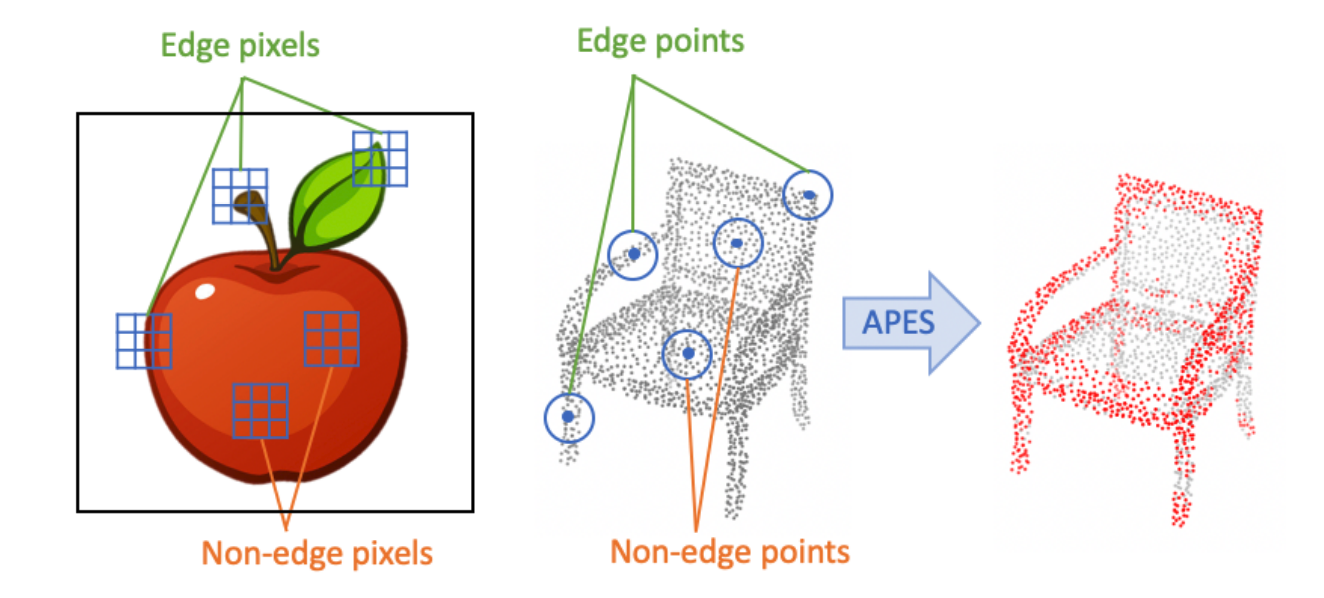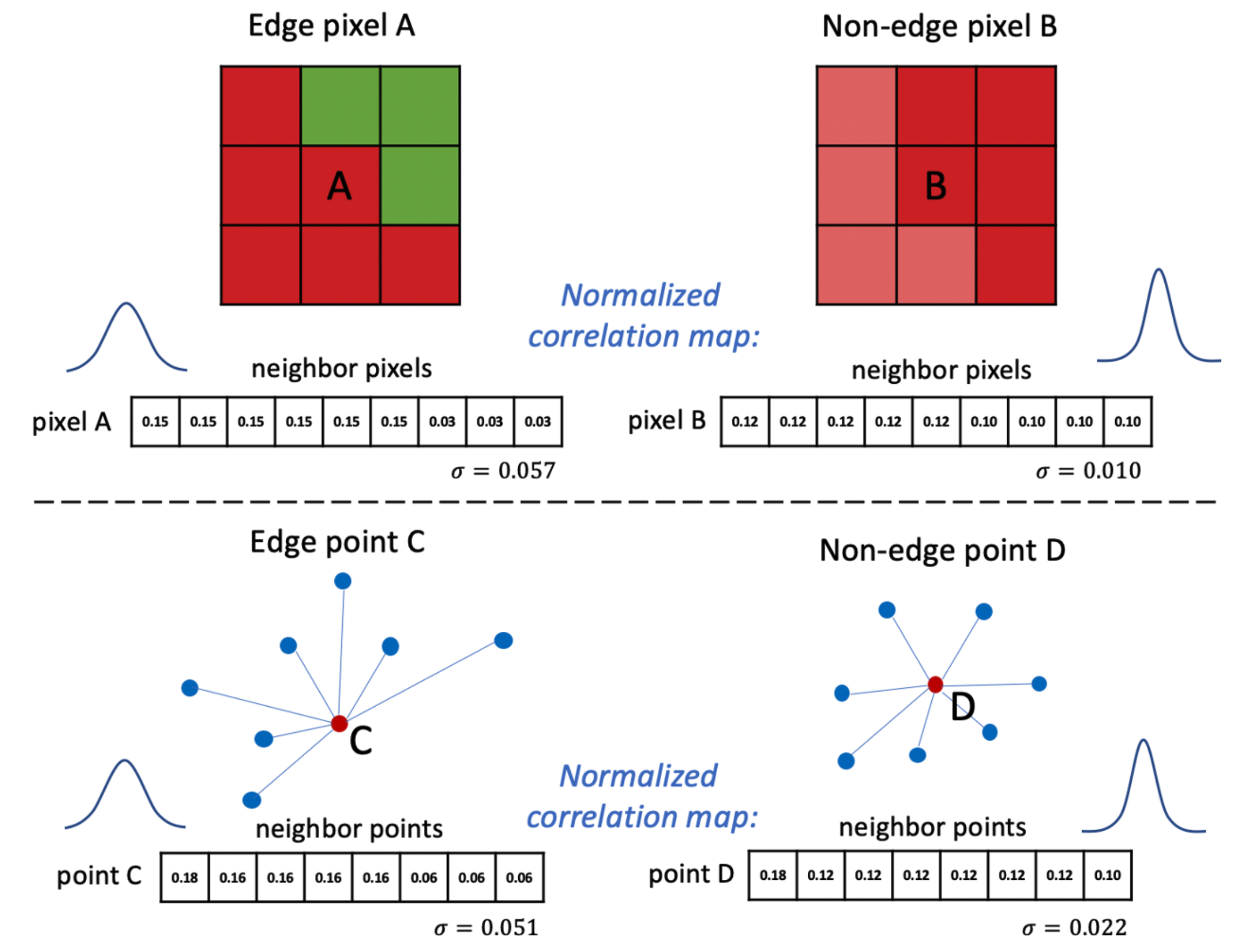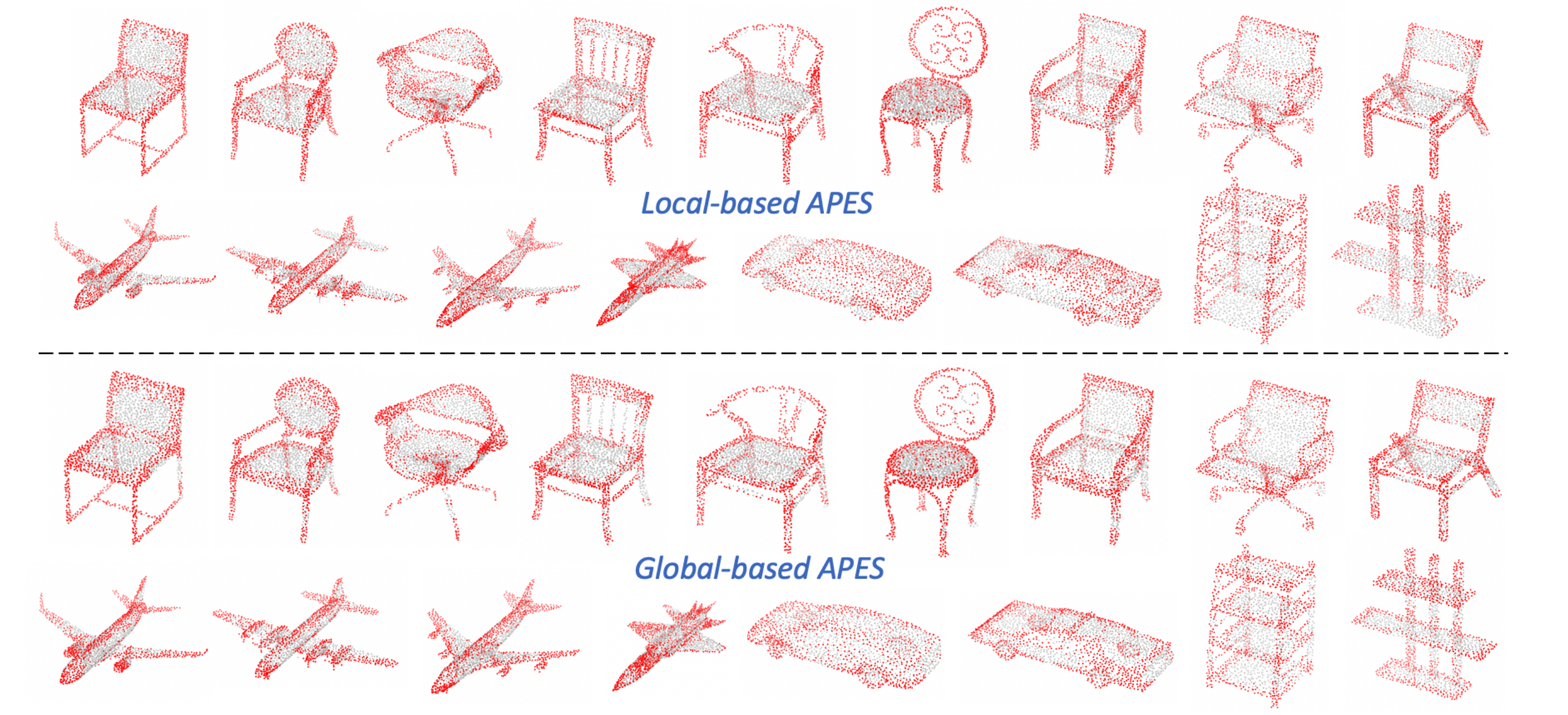|
If you find our work useful in your research, please cite:
@inproceedings{wu2023attention,
title={Attention-Based Point Cloud Edge Sampling},
author={Wu, Chengzhi and Zheng, Junwei and Pfrommer, Julius and Beyerer, J\"urgen},
booktitle={Proceedings of the IEEE/CVF Conference on Computer Vision and Pattern Recognition (CVPR)},
year={2023}
}
@inproceedings{wu2025samble,
author={Wu, Chengzhi and Wan, Yuxin and Fu, Hao and Pfrommer, Julius and Zhong, Zeyun and Zheng, Junwei and Zhang, Jiaming and Beyerer, J\"urgen},
title={SAMBLE: Shape-Specific Point Cloud Sampling for an Optimal Trade-Off Between Local Detail and Global Uniformity},
booktitle={Proceedings of the IEEE/CVF Conference on Computer Vision and Pattern Recognition (CVPR)},
year={2025}
}
|






